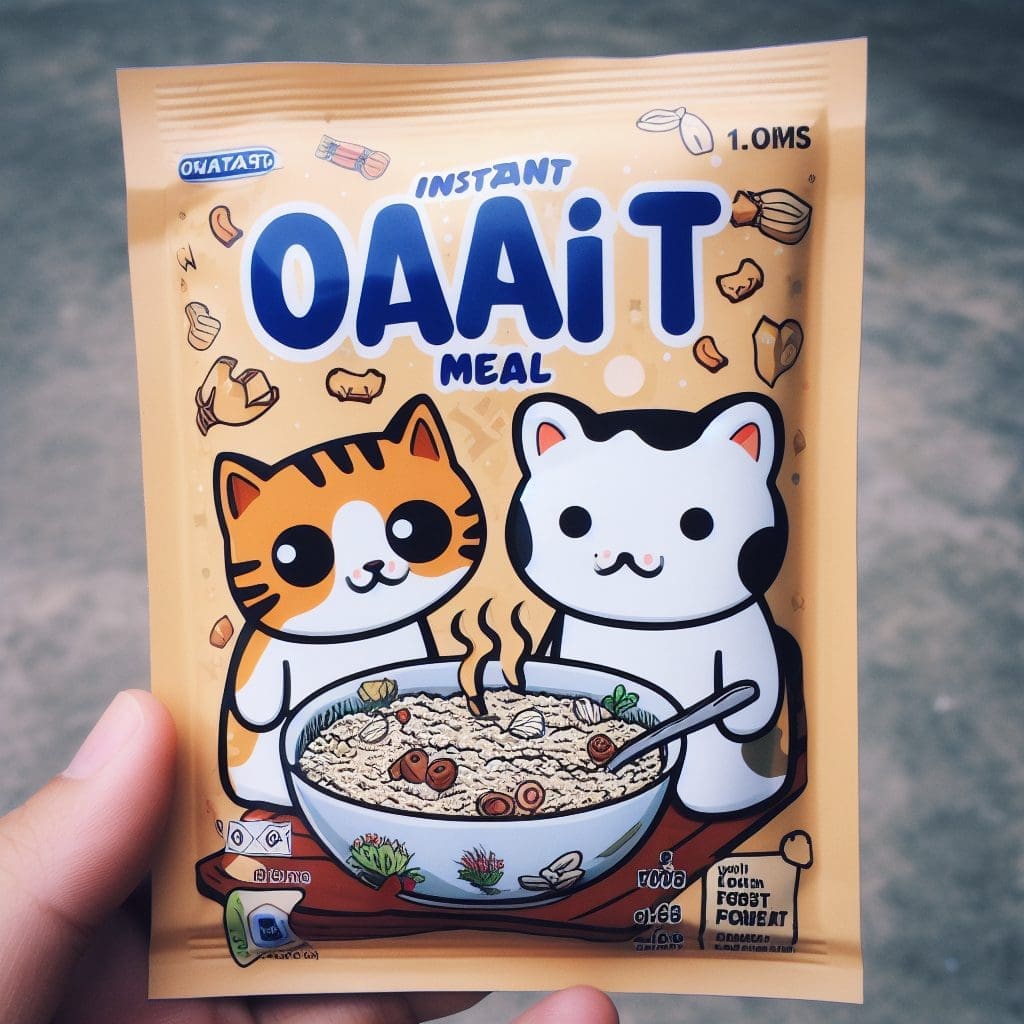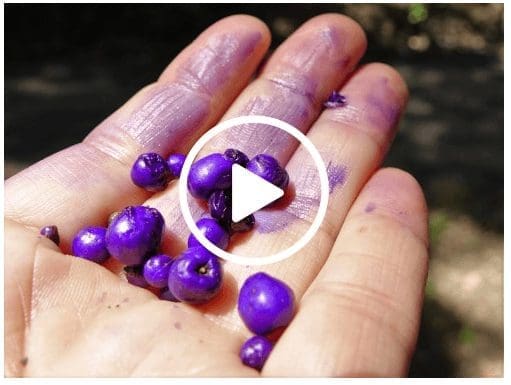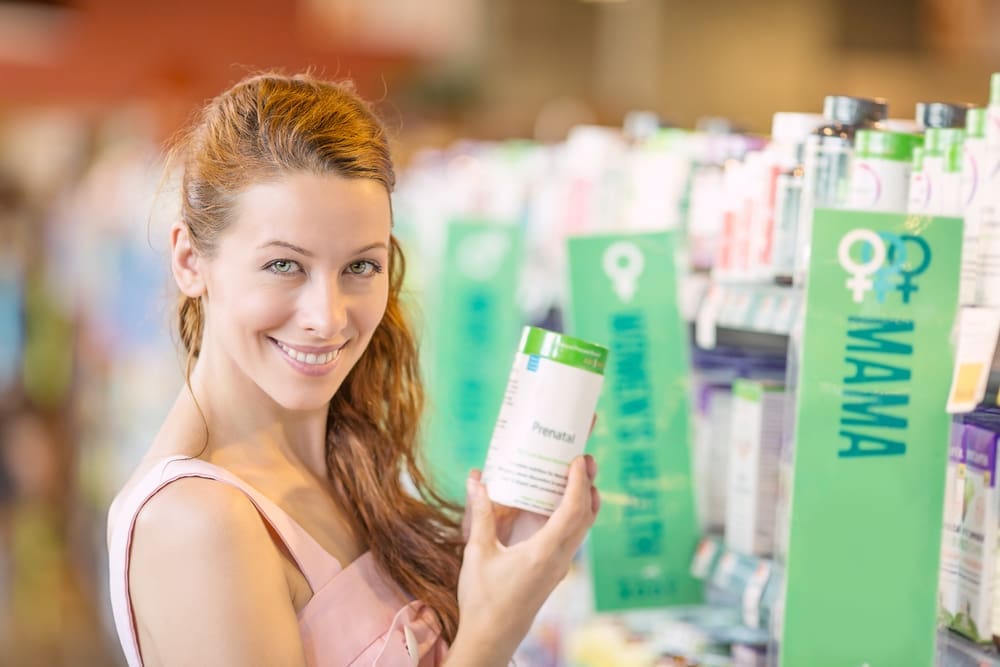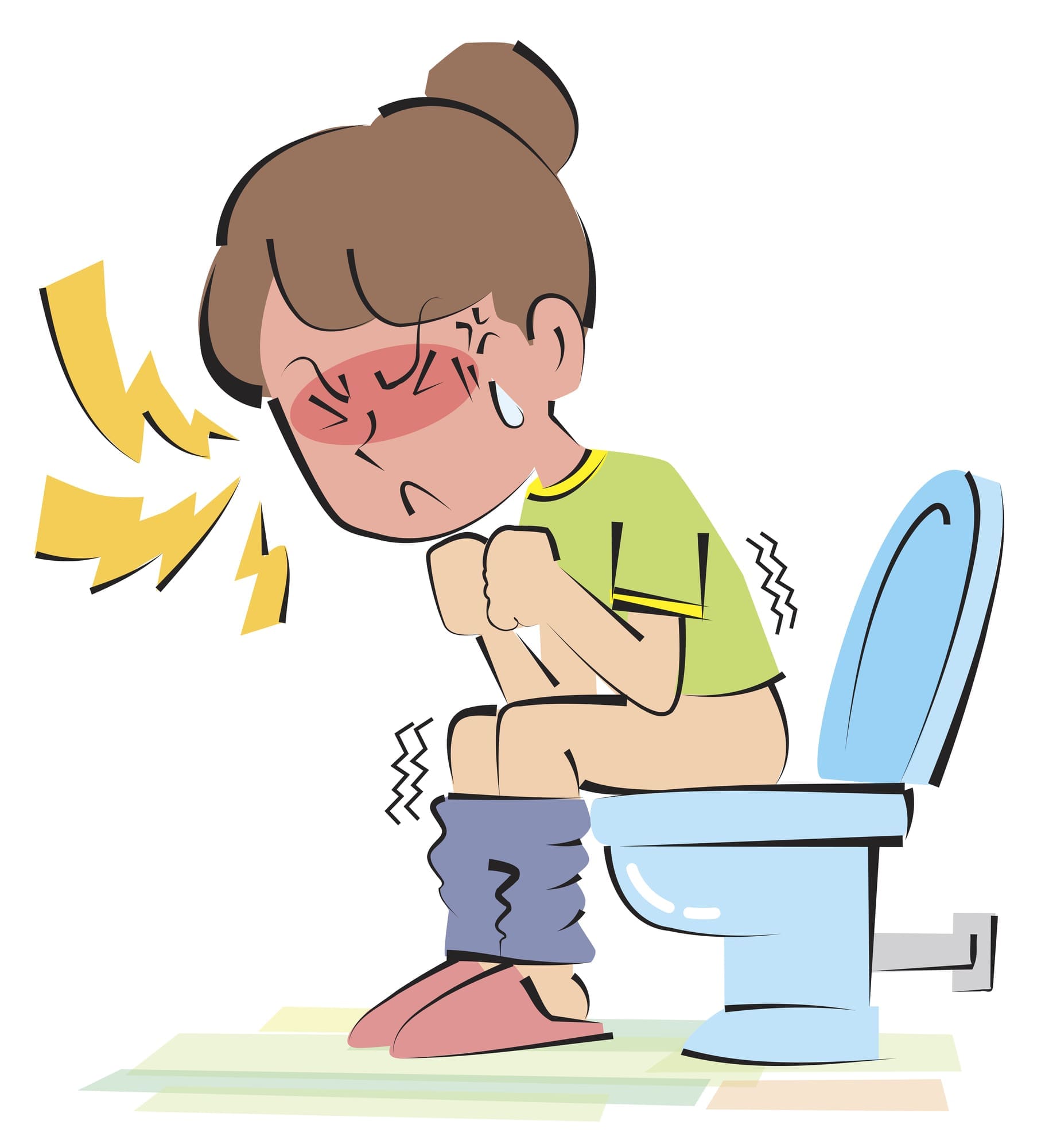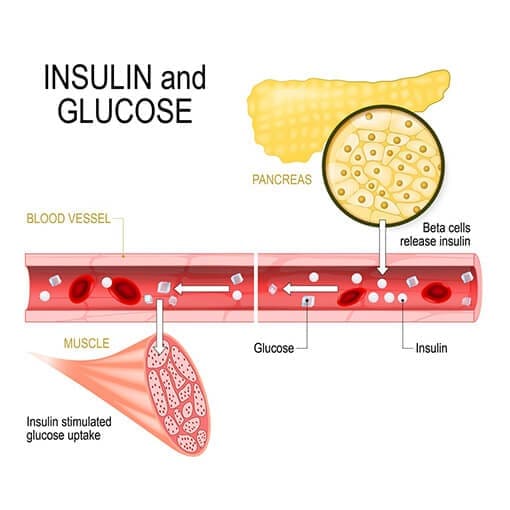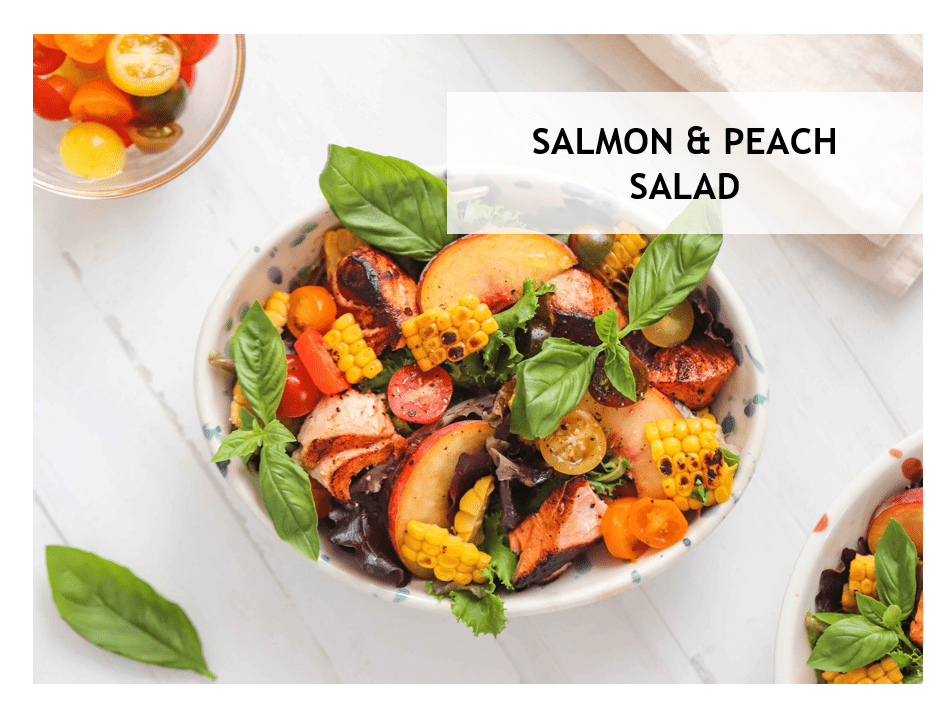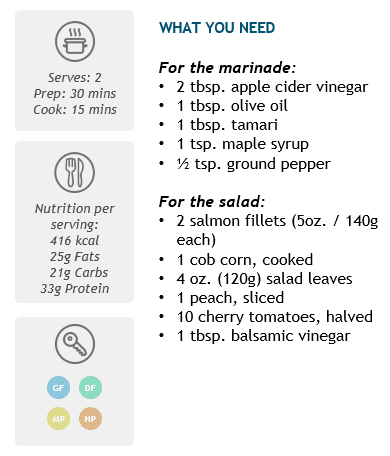When managing diabetes or insulin resistance, cutting back on carbohydrates is a smart move. But while sweets and sugary treats seem like obvious culprits, there’s another category of carbs that can rapidly spike blood sugar – starchy carbs.
Found in many staple foods we consider healthy, these refined grains, cereals and starches digest quickly into glucose without any balancing fiber. Steer clear of these 4 blood sugar-boosting picks:

White Rice
A bowl of fluffy white rice may seem harmless, but those polished grains are pure carbohydrates. With the fiber-rich bran removed, white rice acts like sugar in the body, causing a rapid spike and crash.
Try cauliflower rice instead – simply pulse riced cauliflower florets in the food processor for a low carb, nutrient-dense substitute.
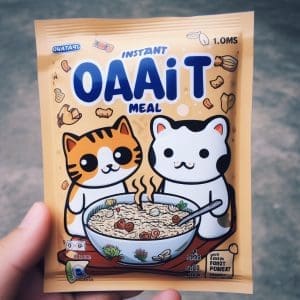
Instant Oatmeal Packets
While steel cut oats can be diabetes-friendly, the instant and flavored varieties are another story. Packed with added sugars and refined grains that digest too quickly, these morning go-tos will spike blood sugar fast.
Swap for plain rolled oats with berries and nuts added – the fiber will blunt glucose response and the fats help slow digestion.

Crackers & Pretzels
They seem like innocent snacks, but refined flour crackers and pretzels made from white flour break down into straight glucose. Plus, it’s easy to overdo portions with crunchy carbs.
Grab veggie slices and hummus instead – the protein and fiber prevent blood sugar spikes.

Potato Chips
It’s no wonder greasy potato chips lead to carb binges. Those thin slices are basically all starch, almost as dangerous as drinking liquid sugar for blood glucose control.
Baked veggie chips offer crunch without the carbs – try kale or beet versions sprinkled with just a little salt.
When it comes to keeping blood sugar stable, not all carbs are equal.
Be extra cautious with starchy refined grains that can send glucose soaring. And opt for healthier food swaps instead.

